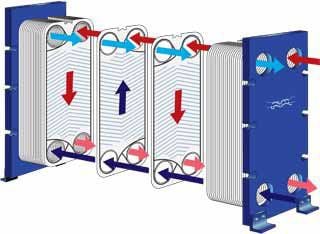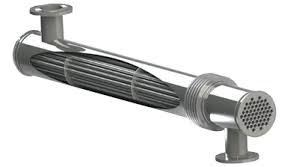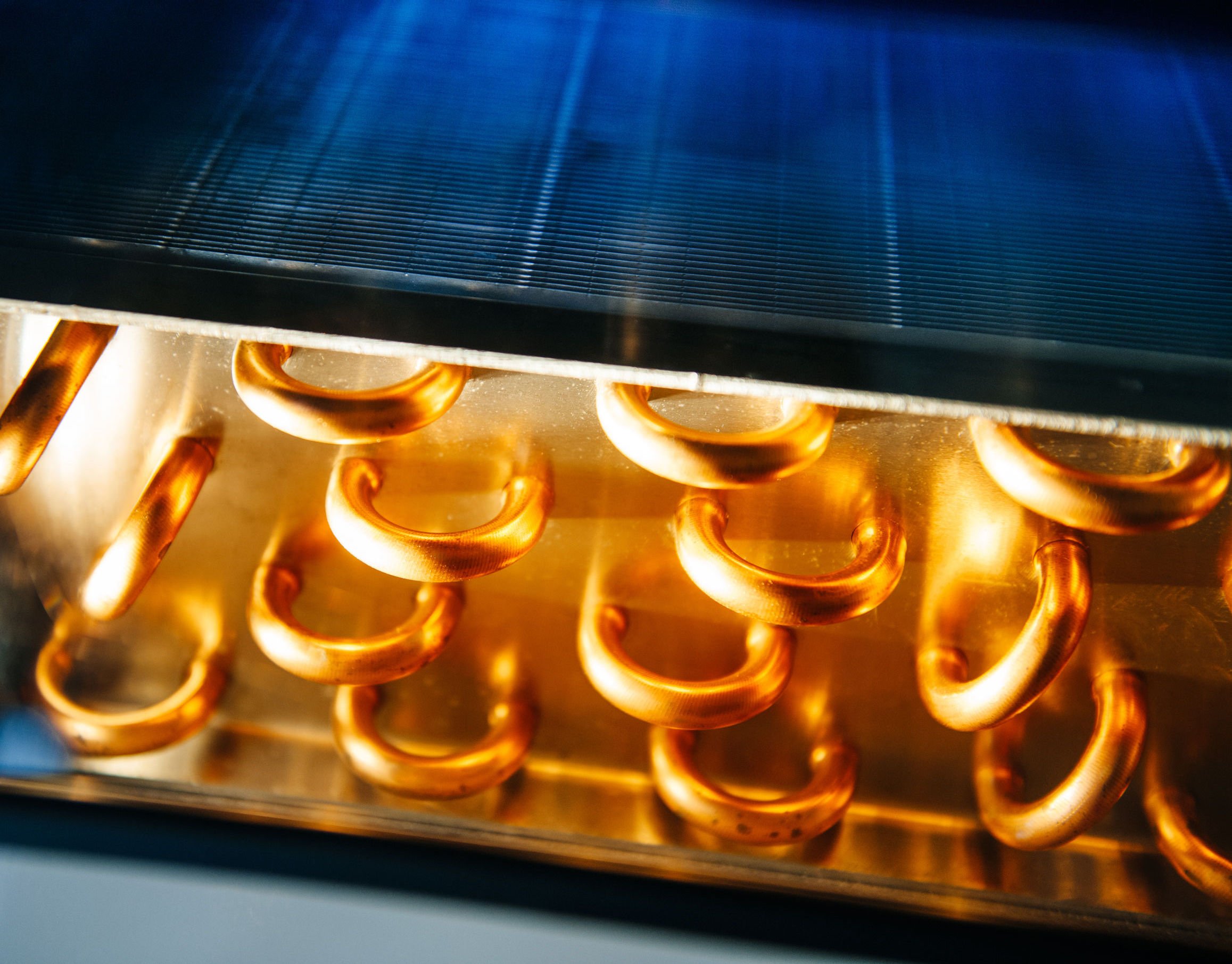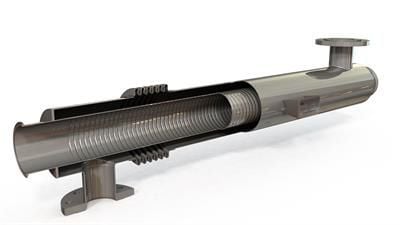The advanced technology behind the heat exchangers has made them increasingly popular in refrigeration systems and many other applications. But the possibilities of this device have not yet been exploited by companies to the maximum, which most of the time are unaware of the existence and use of a heat exchanger against alternatives like cooling coils.
As we see it, there’s still much work to be done for the implementation of this equipment, and all effort should be put into the success and efficiency of the industries that adopt them.
Do you really need a heat exchanger?
Let’s be honest: no industry or company has for a priority finding a specific refrigeration equipment. No condensers, evaporators or even heat exchangers are required. What is needed is completely different:
- Reduce energy costs
- Preserve produce at optimal temperatures
- Cool and heat liquids for its processes
In short, they’re not looking for equipment. They’re looking for results. The good news is that many of these results can be found with this equipment, thereby knowing it’s applications and advantages will help you make better business decisions.
That being said, let’s move forward to the next question:
What is a heat exchanger?
Here’s a simple explanation: it’s an equipment that helps distribute heat between two fluids. This way, while one gains heat, the other one loses it and any of them may be used in your production processes. For example, removing heat from a coolant using cold water.
These fluids may be of any kind, from water to refrigerant gasses. And can be in direct contact or separated with plates or other solid structures.
Is it like a car radiator?
Yes. In basic terms, it could be said it’s a very sophisticated radiator. The liquid is heated while making contact with the motor and then cooled with different mechanisms, so it can be reused again and again.
What advantages does a heat exchanger offer to your refrigeration system?
One of the equipment’s most attractive features is that it doesn’t need electricity to function, saving considerable resources for the companies that implement it. Heat is transferred through the same fluids, helping to reuse production resources and consumables.
Its implementation is also very simple, since you only need to install one unit to make it work.
When integrated with other refrigeration equipment, heat exchangers boost the efficiency of the whole system: for example, feeding the condensers with refrigerating fluids and gasses reduced in temperature, so that the condenser uses much less energy for its processes.
What types of heat exchangers are there?
Listing all heat exchanger models is a bit complex and maybe fruitless. They can be classified based on many factors, for example:
- How heat is exchanged. They are classified as direct contact (fluids make contact) or indirect contact (fluids are separated by a wall of different materials).
- By transfer mechanisms. They are classified as single-phase exchangers, two-phase exchanger or convection and radiation exchangers.
- By the number of liquids involved. Although it’s more common to find a two-liquid exchanger, there are also three-liquids units.
For productive effects, the most important classification for heat exchangers is done considering construction and design.
Heath exchangers most used in the industry
Following this classification, we consider that the most important for the industry are:
1. Plate heat exchanger
These types of units are greatly accepted in the dairy industry due to its sanitary advantages. Fluid currents are separated by corrugated plates. A flow channel is stablished between the space formed by the two plates.
Versatile designs are used, among them welded plate exchangers, semi-welded or plate exchangers and gaskets. The last two varieties are easy to maintain because they can be dismantled.

2. Shell and tube heat exchanger
This type of unit is mostly used in refineries and chemical laboratories, even though in recent years it has been displaced by more recent models.
This exchanger works with a series of tubes that are positioned in the cylindric shell, fasten to each end by perforated sheets. Fluid circulates in the tube’s interior and its directed by ducts or channels.

3. Double tube exchanger
This is the simplest unit, even though its economic nature, it’s used in basic processes and is promptly replaced by more sophisticated equipment.
It’s formed by two concentric tubes: a fluid that circulates on the interior tube and another one in the space formed between the two tubes. Therefore, the fluids volume to cool or heat is usually very low and in industrial production a great number of units are required, making them practically unsustainable.
What applications does a heat exchanger have?
Inside a refrigeration system, a heat exchanger can reduce temperatures by a fairly easy installation and maintenance.
a) Central refrigeration
As the cold source of this system, a heat exchanger can be used on the heat condenser cycle or in the evaporation refrigeration cycle.
b) District cooling
Using heat exchangers in the direct distribution of refrigeration helps diminish the use of units, saving space and maintenance.
What industries use it?
Any industry that need to transfer heat to another place is the ideal candidate to implement an exchanger to is refrigeration system. Even more if the fluids are going to be used again in other processes. In a hotel, for example, the water used by swimming pools can be cooled in a more efficient way by this type of units.
Related
Discover more related articles

Industrial refrigeration trends for 2019
2019 brings new challenges in the industrial refrigeration field, especially with respect to necessary technology and products in relation to new...
Read more »
Exporting fruits and vegetables to the US: How to prevent sanitary risks
Everyday in an average supermarket of the US, products from around 20 countries in the world coexist. Meats, canned goods, manufactures, fruits and...
Read more »


